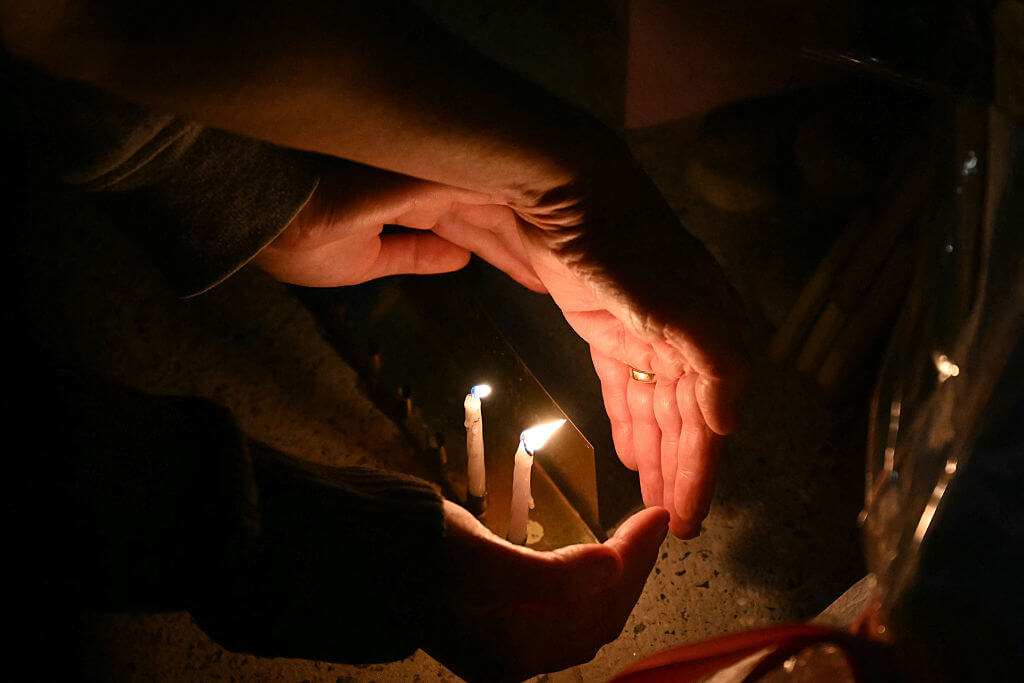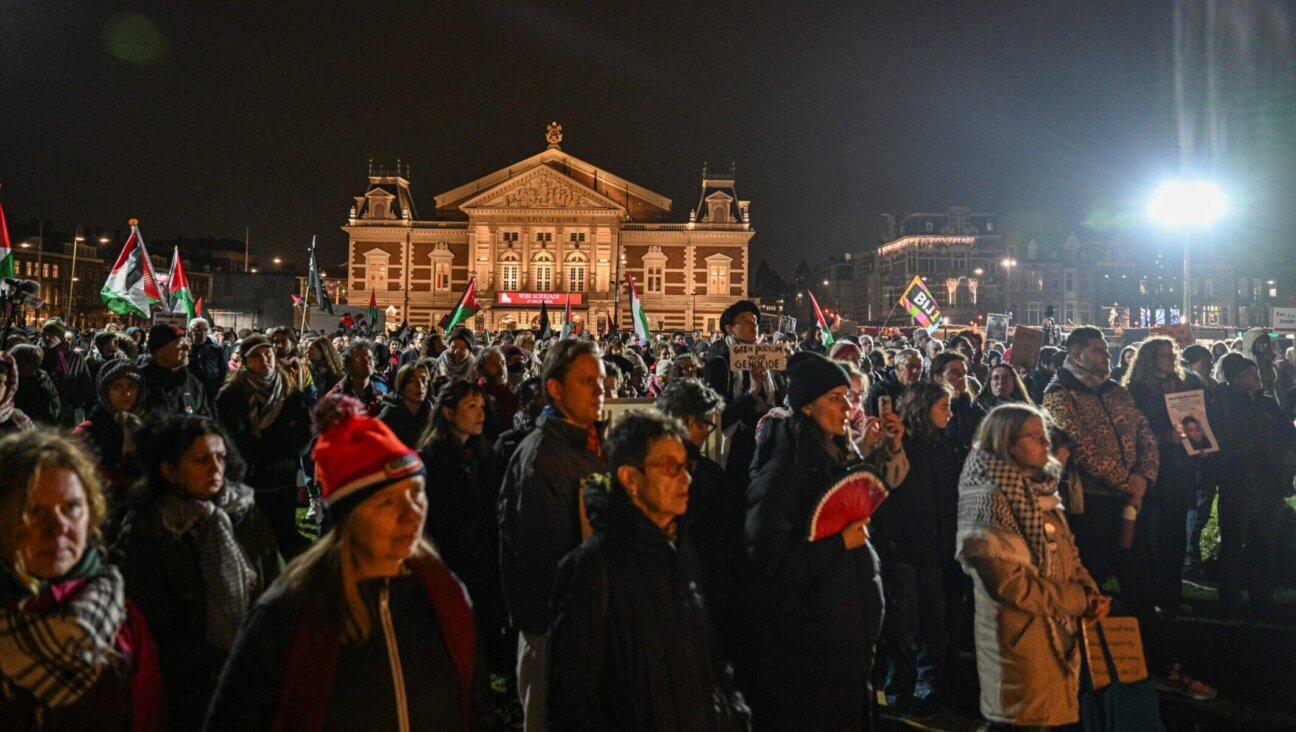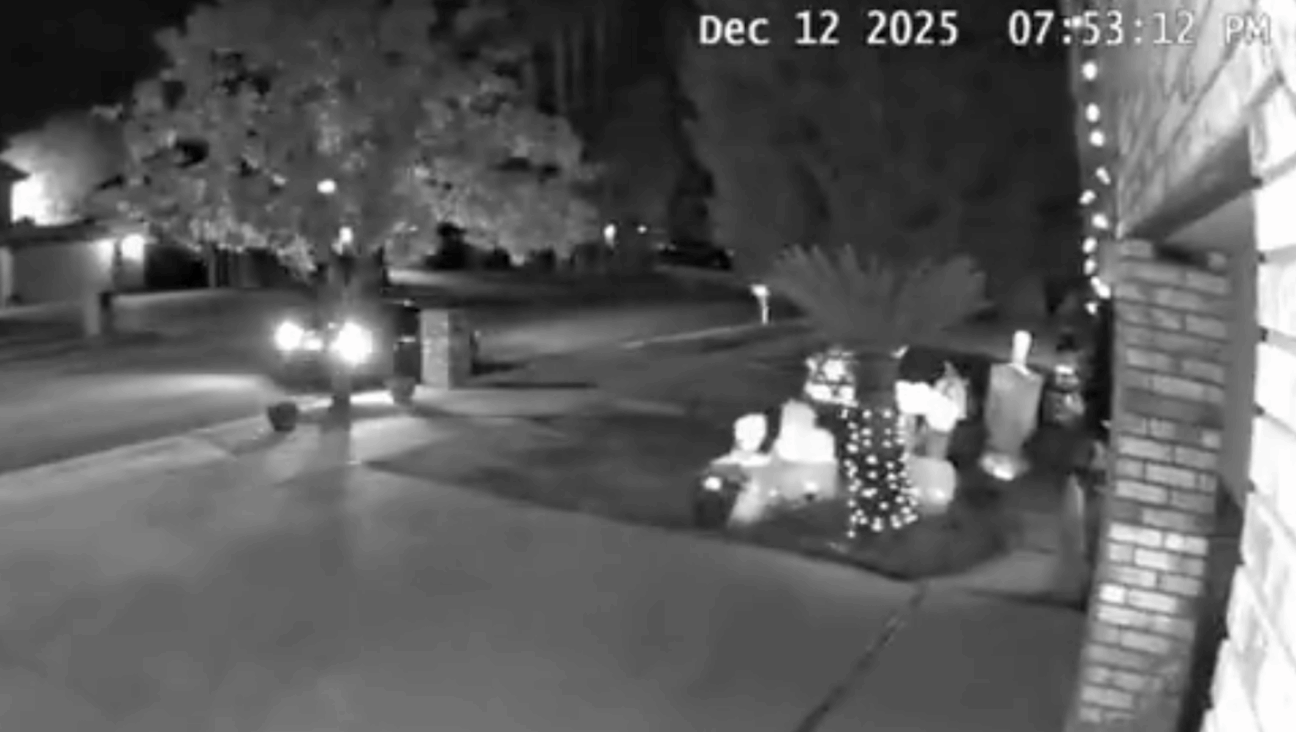Ancient Jerusalem Wall Tells Tale of Doomed Jewish Revolt — and Destruction of Second Temple

Image by Israel Antiquities Authority
Just prior to quelling the great Jewish revolt in the year 70 C.E., the army of Roman Emperor Titus was faced with a rebelling in Jerusalem and had to break through three walls that surrounded the city. As described by historian Flavius Josephus, the final battle against the Jewish rebels began with the Romans firing stones from ballistae — catapults used to hurl large projectiles — along with spears and gravel, at the defenders of the outer, third wall.
The Romans fired from siege towers that the Jewish defenders were unable to hit. They were forced to retreat, and, as Josephus describes it, when the Jews moved beyond the range of fire, they could no longer prevent the ceaseless blows of the Roman battering rams that gradually began to destroy the wall until it was no longer left standing.
Evidence attesting to this battle has been uncovered by last winter’s archaeological dig in the Russian Compound, an area west of Jerusalem’s Old City so named for the Russian Orthodox church and pilgrim hostels that were constructed there in the 19th century. The dig revealed the remains of the wall and indications of the major battle that took place in the vicinity, near what is now the central business district of West Jerusalem. Researchers say the discoveries also help draw a map of Jerusalem’s third wall and of the city itself during the Second Temple period, prior to the temple’s destruction in 70 C.E.
Jerusalem’s third wall was constructed by Judean King Agrippa I in 40 C.E. The wall had been designed to surround a suburb known as Beit Zeta, which had developed north of the city. Flavius Josephus recounted that Agrippa halted construction of the wall so as not to arouse the suspicions of Emperor Claudius that Jerusalem was planning a rebellion.
“If the construction of the wall had continued as it was begun,” Josephus wrote, “it would have been impossible to conquer the city inasmuch as it had been built with hewn stones 20 cubits long and 10 cubits wide that were assembled so perfectly that … it would have been impossible to dig underneath them with an iron tool or to move them with machines of war.”
Josephus recounted that the wall had one large guard tower along with 90 small ones. It was completed only at the end of the 60s C.E. by those planning the Great Revolt against the Romans, but the rebels had to build it quickly and with meager resources. It wasn’t finished to the same standards as Agrippa’s and the later section proved to be a weak spot in the defense against the Roman legionares.
Over the years, archaeologists sought to find the third wall. Portions of it were in fact located — the most important segment was found on a street that was then dubbed “Third Wall.” In the 1960s, the late archaeologist Michael Avi-Yonah suggested that the route of the wall ran from where the Jaffa Gate now stands northward through the Russian Compound and Hanevi’im Street and then toward the Sheikh Jarrah neighborhood in East Jerusalem.
The archaeological dig in the Russian Compound was carried out in what had been a parking lot opposite the site of Jerusalem Magistrate’s Court, near the future home of the Bezalel Academy of Arts and Design. The site was precisely on the route suggested by Avi-Yonah.
Dr. Rina Avner of the Israel Antiquities Authority, who oversaw the dig, said that in addition to the third wall, the remains of a tower were found as well. It’s thought to be one of 90 small guard towers, which Avner said the Romans attacked in order to provide cover for the advancing Roman battering rams that had been brought in to break through the wall.
Opposite the tower remains, the dig exposed considerable evidence of battle, including 82 ballista stones, an indication of the Roman war machine that attacked that section of the wall. Most of the stones were found in a small area 15 meters long by 2.5 meters wide. A roman spear and pottery from the Second Temple period were also found. No other archaeological dig in Jerusalem has yielded such a wealth of material from any battle at that time, Avner said.
Most of the wall that ran through the Russian Compound was thoroughly destroyed. As Jerusalem expanded in the 19th century, the site became a well-known source of stones for construction. With a lot of building activity centered in the area, people made use of the stone there — stone that had originally come from the third wall. What remains in some parts are the sections of the wall’s foundation that were build in the crevices between the rocks.
Josephus wrote that after the Romans made it through the wall, the rebel guards fled. “The soldiers who reached the top of the wall opened the gates and brought the entire military force inside. Therefore on the 15th day of the siege, the 7th day of Artemisius [corresponding to the Hebrew month of Iyar], the Romans took control of the … wall, most of which was destroyed to the foundations along with the northern part of the city.” It took Titus another two and a half months of war and siege to push through the two other walls.
















